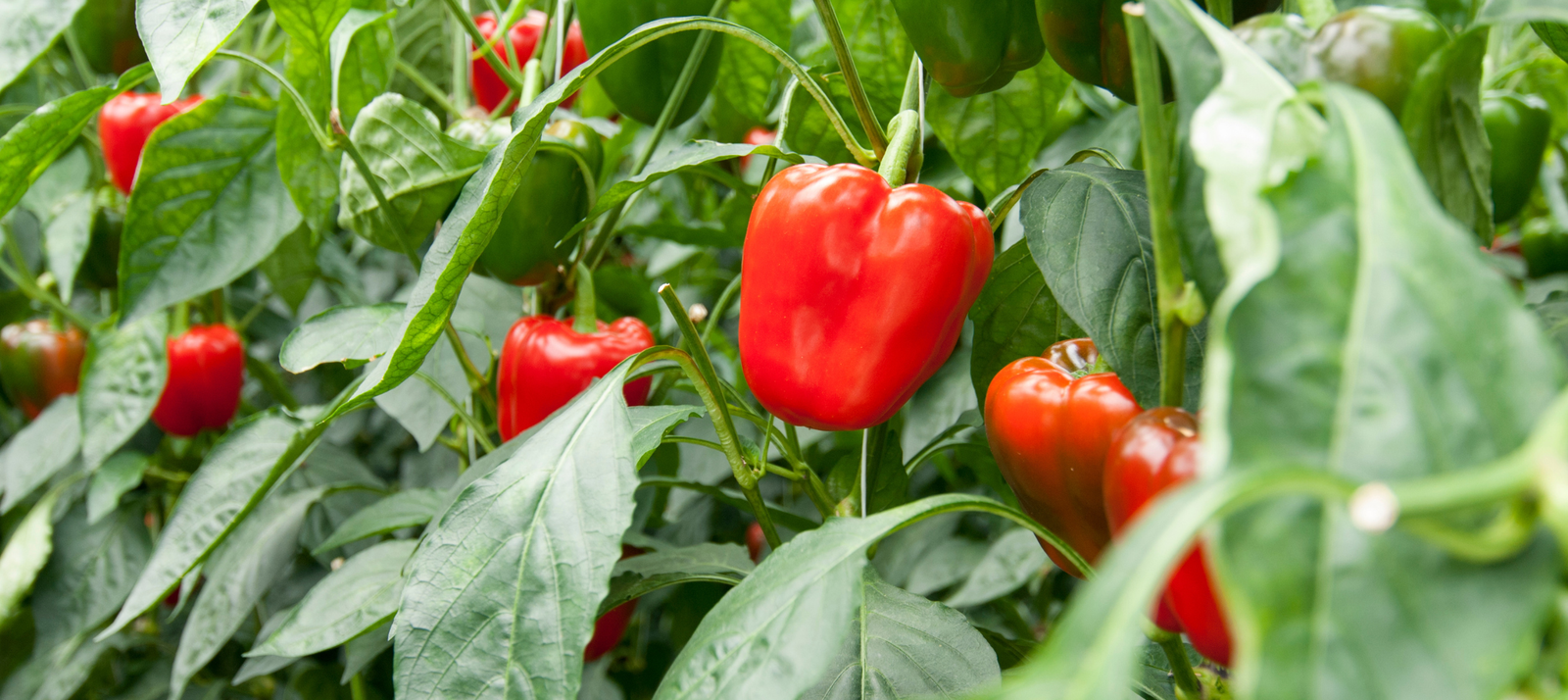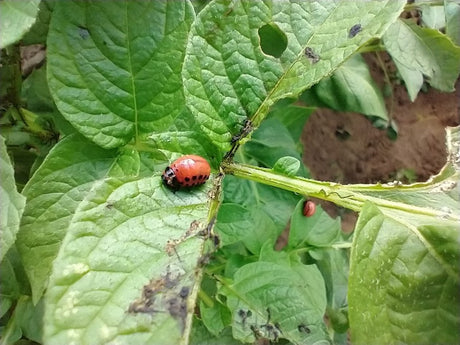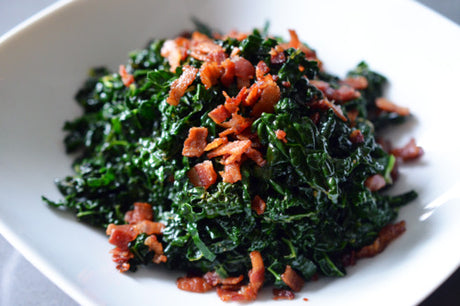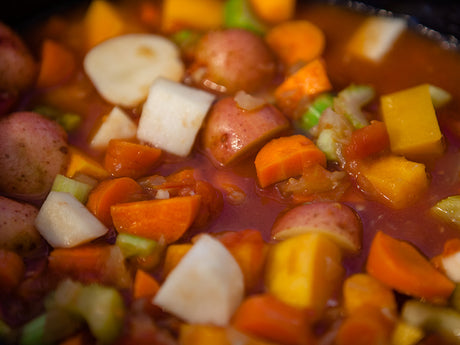Table of Contents:
Introduction: sowing peppers
Sowing bell peppers is such a wonderful adventure for your vegetable garden or balcony—just pure color and flavor that you can grow yourself! Whether you have a large garden or just a few pots on your patio, anyone can do it.
In short: You start with those tiny seeds in good soil, also called sowing and cutting mix. You create a warm environment with high humidity. And then it's just a matter of waiting until you see those first green tips emerge—such a wonderful moment! To promote germination, you can soak the pepper seeds in warm water before sowing them.
Keep in mind that bell pepper plants grow slowly into sturdy plants; they're not racers :) . The great thing is that you can plant bell peppers both in the ground and in large pots, so there's a spot for every gardener. If you have a greenhouse, you're definitely at an advantage. Bell peppers grow well in pots and don't need much space, but make sure there's plenty of sun. A layer of mulch can help keep the soil moist and cool. Later in this article, I'll also explain the importance of sufficient watering, as your bell peppers can quickly develop a "drinking problem."
If you start sowing in time, you can enjoy your own fresh bell peppers this summer – picked straight from your garden or balcony – it doesn't get any better than this! We'll take you step by step through the entire adventure of sowing, growing, caring for, and harvesting bell peppers, so you can soon enjoy a delicious harvest that will make you absolutely happy.
Key Points for Growing Bell Peppers
Those beautiful, shiny bell peppers at the local market or store can be quite intimidating. But I assure you, you can easily grow them yourself! Growing bell peppers from seed is one of the most satisfying projects for any vegetable gardener. Yes, it takes some patience and planning, but once you harvest those first ripe peppers from your own plant, you'll be hooked.
Bell peppers belong to the nightshade family, just like tomatoes, and they have a few specific needs. Botanically speaking, bell peppers belong to the Capsicum annuum species; the bell pepper itself is a berry and comes in many different varieties. Yes, you read that right, bell pepper is a berry. That's actually the botanical name for all fruits that grow from a flower.
Bell peppers and chillies are closely related, but chillies are usually spicier, while bell peppers are often sweet. This is because bell peppers, unlike chillies, contain little to no capsaicin. There are many varieties of peppers and bell peppers, which can vary greatly in flavor, color, and shape. The entire process of sowing, caring for, and harvesting bell peppers is called cultivation.

When to sow peppers
Timing is crucial when sowing peppers. These heat-loving plants require a long growing season of 4-5 months, so starting early is half the battle. Given our relatively cold climate and the longer growing season, we need to start the crop in a sheltered area with the right growing conditions for a successful harvest.
The optimal sowing time is between January and March indoors. January may sound early, but with a heated seed tray or propagator with grow lights, you can start as early as mid-January. This gives your plants the longest growing period and therefore the highest yield. When planting pepper plants in a pot, the pot should ideally have a diameter of at least 30 cm.
Tip: Pepper seedlings in a heated environment without sufficient grow light will develop into fine, weak plants, which is a very bad start, or perhaps even the end, for your crop.
Without additional heating, it's better to wait until early March. At that point, there's more natural light available, and you don't necessarily need to use grow lights.
You can sow bell peppers outdoors from mid-May onwards, but you won't get ripe peppers until late in the season. For most Dutch summers, that's too short to produce truly good fruit.
The principle is simple: the earlier you sow, the more time your pepper plants have to grow and produce fruit. And when it comes to growing peppers, time really is money—or in this case, peppers!
I personally start my propagator in mid-February. This way, my young plants can stay in my propagator or under grow lights until the end of March, then move them to a cool spot near a south-facing window to continue growing. That way, my propagator is free to sow tomatoes again in March.
Sowing peppers, what do you need?
You don't need much to successfully sow peppers, but what you have must be good:
Pots and/soil soil:
- Seeding trays of 5-7 cm diameter or a 5 cm soil block press.
- Airy sowing soil and cutting soil or a ready-made potting mix
Heat and light:
- A heated propagator or grow box with a thermostat (20-25°C)
- When sowing peppers early: a growth lamp for sufficient light
Additional materials:
- Plant labels for different varieties
- A pressure sprayer for gentle watering
- P9 pots for after prickling. 10-liter pot for further cultivation. You can also plant the P9 pot directly in the ground.
- A liquid fertilizer for tomatoes (suitable for all fruit crops)
A higher humidity level during germination is essential for good germination rate and healthy seedlings.
Soil is really important – choose a well-structured mix that retains water but doesn't stay wet. Our potting mix is perfect for sowing. You want to keep your pepper seeds moist, but you don't want to drown them. Peppers need a well-drained, loose, and nutrient-rich soil.
My shopping list looks like this:










